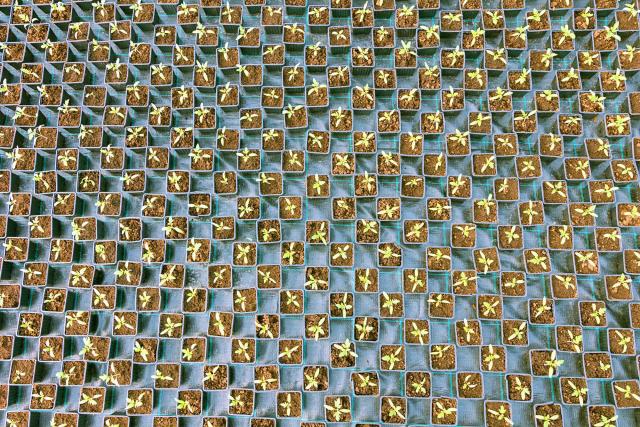
Geocells, cellular confinement systems, are three-dimensional structures made from honeycomb-like forms of polymers such as HDPE (High-Density PolyEthylene). From their initial development for soil stabilization, it has been versatile and efficient in their application in the development of a wide range of infrastructure projects. Geocells help in reinforcing soils and aggregates at costs that are way cheaper and are environmentally friendly in comparison to conventional methods. To know more about the global geocells market kindly visit to Coherent Market insights recent report.
Soil Stabilization and Retention
One of the primary uses of geocells is for soil stabilization in areas where soil quality is very poor or unstable. Geocells prevent the soil from shifting or shifting away due to the action of water or wind. This gives geocells an ideal solution for the construction of roads, embankments, and other civil infrastructure projects in erosion-prone areas. Geocells enhance the soil's load-bearing capacity, decreasing the price of expensive deep foundation systems.
Geocells for Pavement Reinforcement
Geocells are widely used in road construction to improve the subgrade and subbase performance. While providing strength and support, geocells allow the construction of roads on weak soils without having to replace expensive soil, eliminating the need for deep foundations. Upon placement in the subgrade, loads distribute evenly, minimizing the potential for rutting, cracking, and deformation, ultimately leading to longer roadways that reduce maintenance in the long run.
Geocells also can be filled with gravel, sand, and crushed stone materials, which strengthen the road pavement and also assist in drainage improvement. Water flowing freely through geocells also reduces the gathering of water around the road surfaces, thus eliminating damage caused to the road surfaces by excessive water.
Geocells for Road Stabilization
Geocell is an integral part of protection and stabilization for slopes. Soils do not get eroded, and the landslide does not occur due to geocell. Geocells are also applied in slopes and embankments prone to heavy rainfall or natural disasters to make the surface more resistant. Confining the soil within the cells, geocells create a protective layer against both erosion and erosion-related failures. These are very important for highways, railways, and dams where slope stability is crucial for safety and longevity.
Landfills and Waste Containment
Geocells are increasingly being used in landfills and waste containment projects. The cellular structure of geocells provides a stable foundation for placing waste materials and prevents the dispersion of contaminants into surrounding soil and water. Use of geocells in landfill construction reduces the risk of leachate migration and enhances the overall stability of the site. Furthermore, geocells reduce the need for thick soil cover, thus saving cost in landfill construction.
Parking Lots and Military Applications
Geocells are used in parking lot construction in urban infrastructural development, airports, and other areas needing high-load support. They enhance durability and can withstand heavy traffic without cracking or deforming. Geocells also serve military and defense applications by creating temporary roads, landing pads, and military camps on unstable terrains to provide a fast and efficient infrastructure solution for remote areas.






